Indigenous Governance Database
Spokane Tribe of Indians
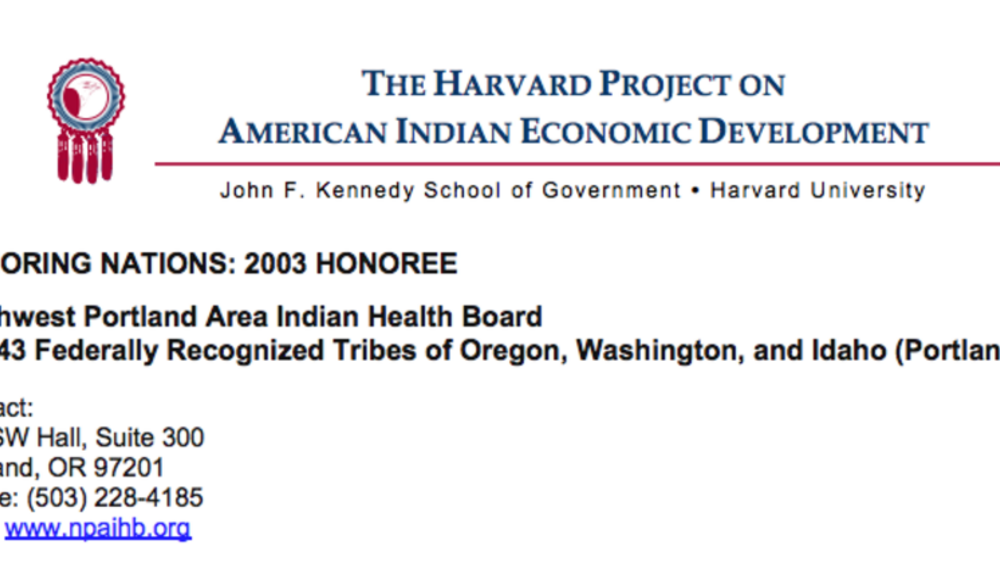
Northwest Portland Area Indian Health Board
Serving tribes in Oregon, Washington, and Idaho, the Northwest Portland Area Indian Health Board (NPAIHB) was created in 1972 to increase tribes’ ability to exercise control over the design and development of tribal health care delivery systems. Governed by tribal government delegates, NPAIHB…
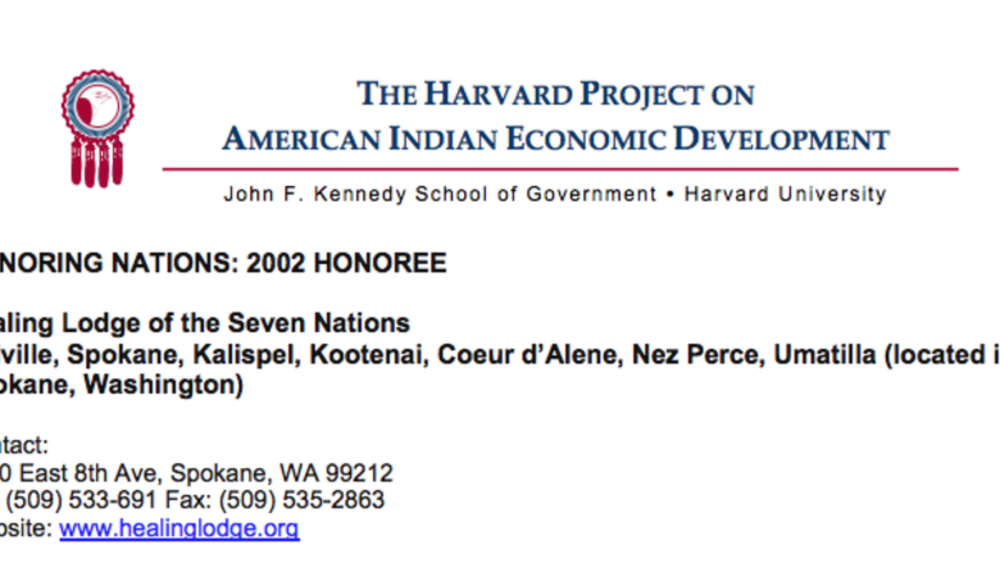
The Healing Lodge of the Seven Nations
Owned by a consortium of seven tribes, the Healing Lodge is a treatment center that helps Native American youth and their families heal from the trauma of alcohol and drug abuse. With a focus on blending culture and spirituality with mental health/chemical dependency treatment, services include in-…
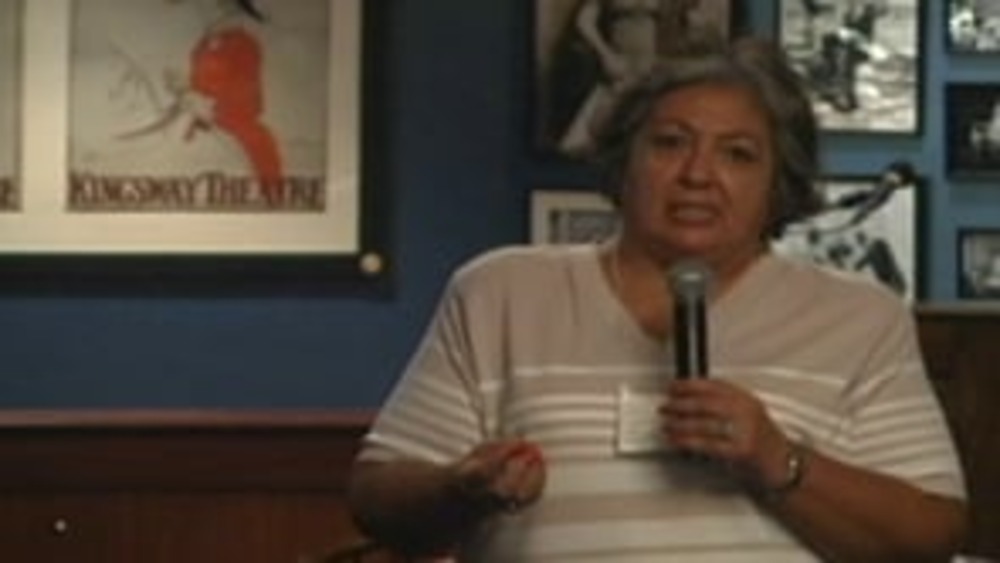
Honoring Nations: Jennifer Harris and Julia Davis-Wheeler: The Healing Lodge of the Seven Nations
Representatives Jennifer Harris and Julia Davis-Wheeler of the Healing Lodge of the Seven Nations youth treatment center discuss the Lodge's genesis and how it works to strengthen the families of the seven Native nations it serves.
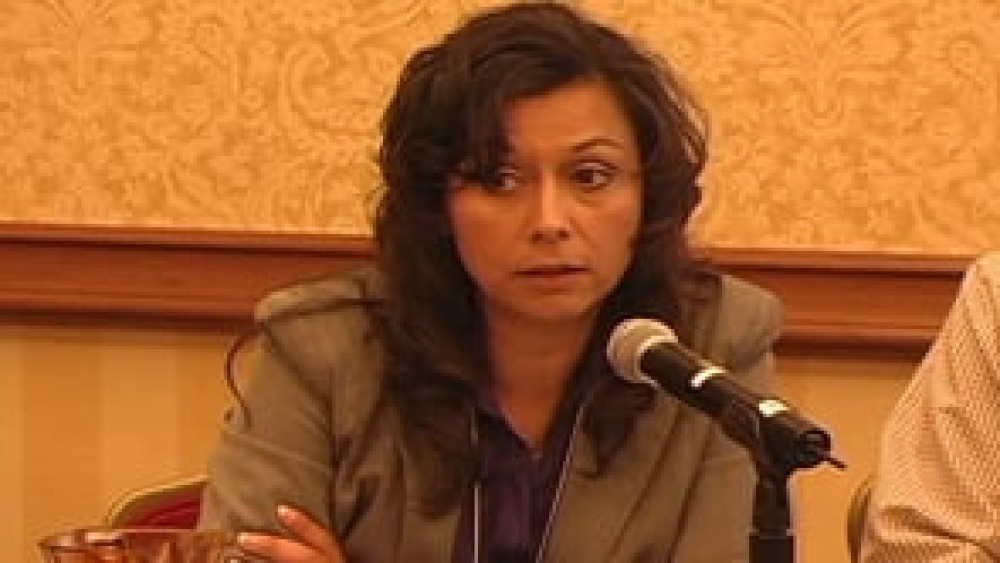
Martin Harvier and Monica Simeon: Building Sustainable Economies: Approaches and Perspectives (Q&A)
Martin Harvier, Vice President of the Salt River Pima-Maricopa Indian Communty, and Monica Simeon, CEO and Principal Partner of Sister Sky, field questions from the audience about their roles in building sustainable economies for their respective nations.
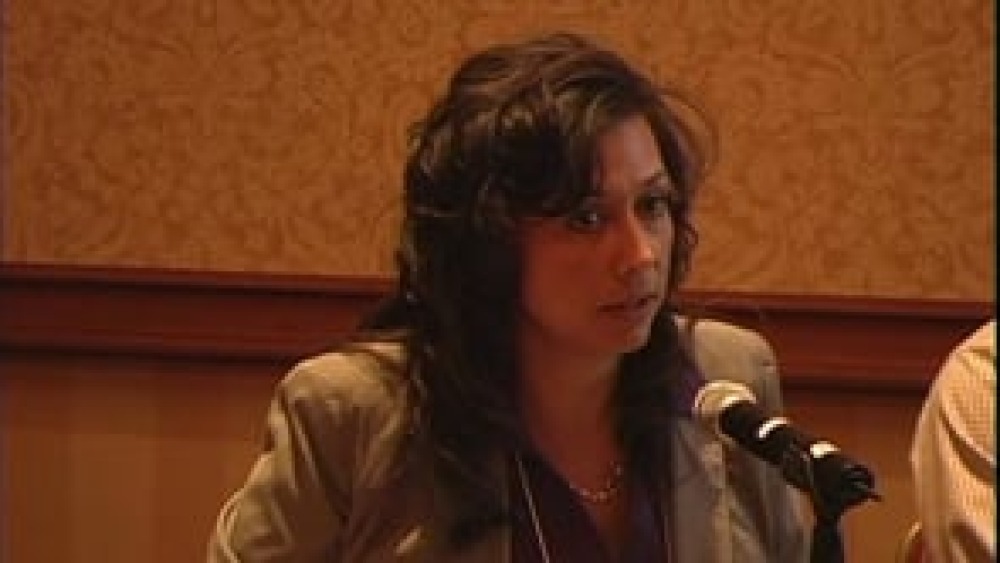
Monica Simeon: Building Sustainable Economies: The Story of Sister Sky
Sister Sky CEO and Principal Partner Monica Simeon provides an overview of Sister Sky, a business Simeon co-founded with her sister Marina Turning Robe on the Spokane Indian Reservation. Simeon also explains how Sister Sky is working to cultivate the entrepreneurial spirit among her nation's…
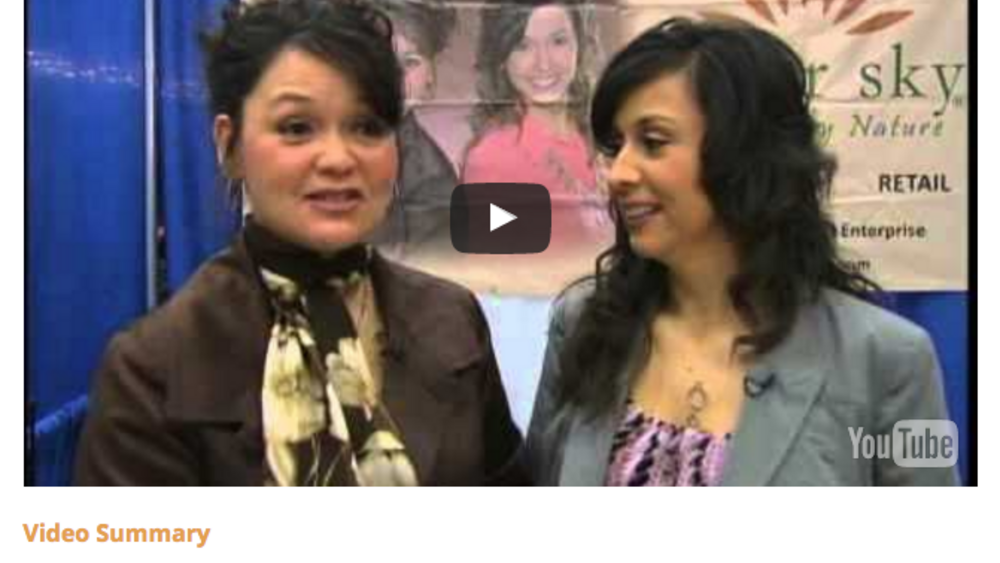
Native Report: Sister Sky
This edition of Native Report profiles Sister Sky, an innovative Native American company that is really owned by two sisters. (Segment placement: 8:33-15:40)
